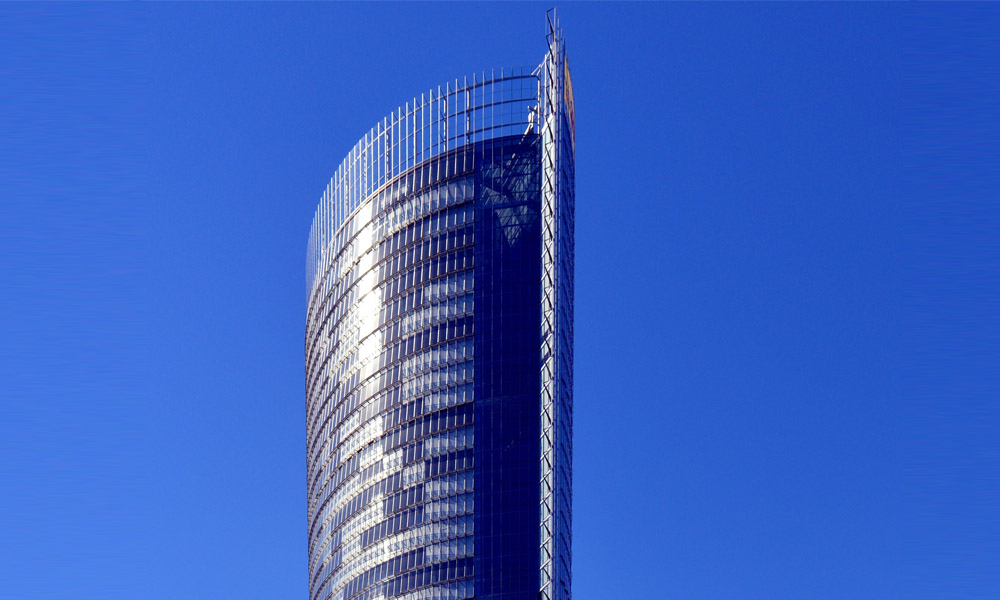

The Allure and Functionality of Green Reflective Glass
In the contemporary world of architecture and interior design, materials that blend aesthetics with functionality are paramount. Among these materials, green reflective glass stands out for its unique properties and versatile applications. This article delves into the characteristics, advantages, and various uses of green reflective glass, shedding light on its increasing popularity in modern design.
Characteristics of Green Reflective Glass
Green reflective glass is known for its distinctive color and reflective surface. The green tint is often achieved through the incorporation of iron oxide during the glass manufacturing process. This not only gives the glass its signature hue but also reduces the overall visibility of the glass from the outside, creating a sense of privacy for interiors. The reflective properties of this glass are achieved through a metallic coating that enhances its ability to reflect light and heat.
One of the most remarkable features of green reflective glass is its ability to control solar heat gain. By reflecting a significant portion of sunlight, this type of glass minimizes the need for excessive air conditioning, making it an environmentally friendly choice. Additionally, it filters out harmful UV rays, thereby protecting the interior furnishings from fading and deterioration.
Advantages of Green Reflective Glass
The benefits of using green reflective glass in construction and design are manifold. Firstly, it contributes to energy efficiency. By reducing the amount of heat entering a building, it lessens the reliance on artificial cooling systems. This not only lowers energy bills but also reduces the carbon footprint, aligning with today’s sustainability goals.
Secondly, the aesthetic appeal of green reflective glass cannot be overlooked. Its sleek, modern look enhances the visual appeal of any structure, whether residential or commercial. It adds a touch of elegance and sophistication while seamlessly integrating with various architectural styles.

Furthermore, green reflective glass provides an element of safety. Its reflective surface can deter potential intruders, as it obscures visibility into the interior space. This characteristic makes it an excellent choice for both homes and businesses concerned about security.
Applications of Green Reflective Glass
The versatility of green reflective glass allows it to be applied in numerous contexts. In urban architecture, it is commonly used for high-rise buildings, office complexes, and shopping malls. The reflective surface not only enhances the building's façade but also contributes to energy efficiency and sustainability.
In residential settings, green reflective glass is employed in windows and curtain walls to create bright, airy interiors while maintaining privacy and reducing glare. This is especially beneficial in areas with high sun exposure, where excessive heat can be a concern.
Moreover, interior designers are increasingly incorporating green reflective glass in furniture design. Coffee tables, cabinet doors, and room dividers made with this glass can create stunning visual effects, making spaces feel larger while reflecting light in interesting ways.
Conclusion
Green reflective glass represents a harmonious balance between form and function. Its unique aesthetic qualities coupled with its energy-efficient properties make it an ideal material for a variety of applications. As society continues to prioritize sustainability and innovative design, the demand for materials like green reflective glass is likely to grow. Whether in towering skyscrapers or stylish interior designs, this glass is set to remain at the forefront of architectural trends, embodying the principles of modernism, sustainability, and elegance. As we move forward, embracing materials that are both beautiful and functional will be crucial in shaping the environments we inhabit.